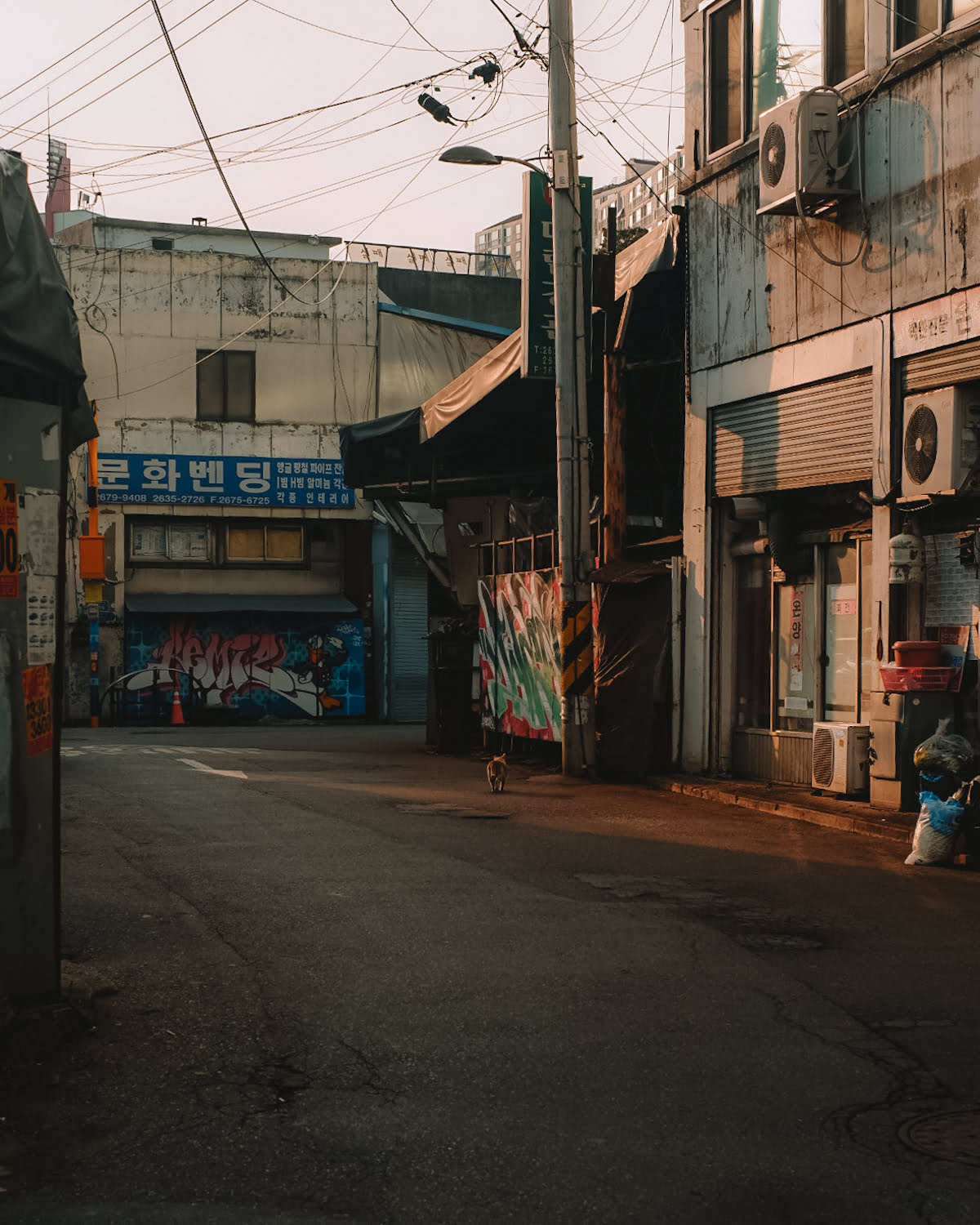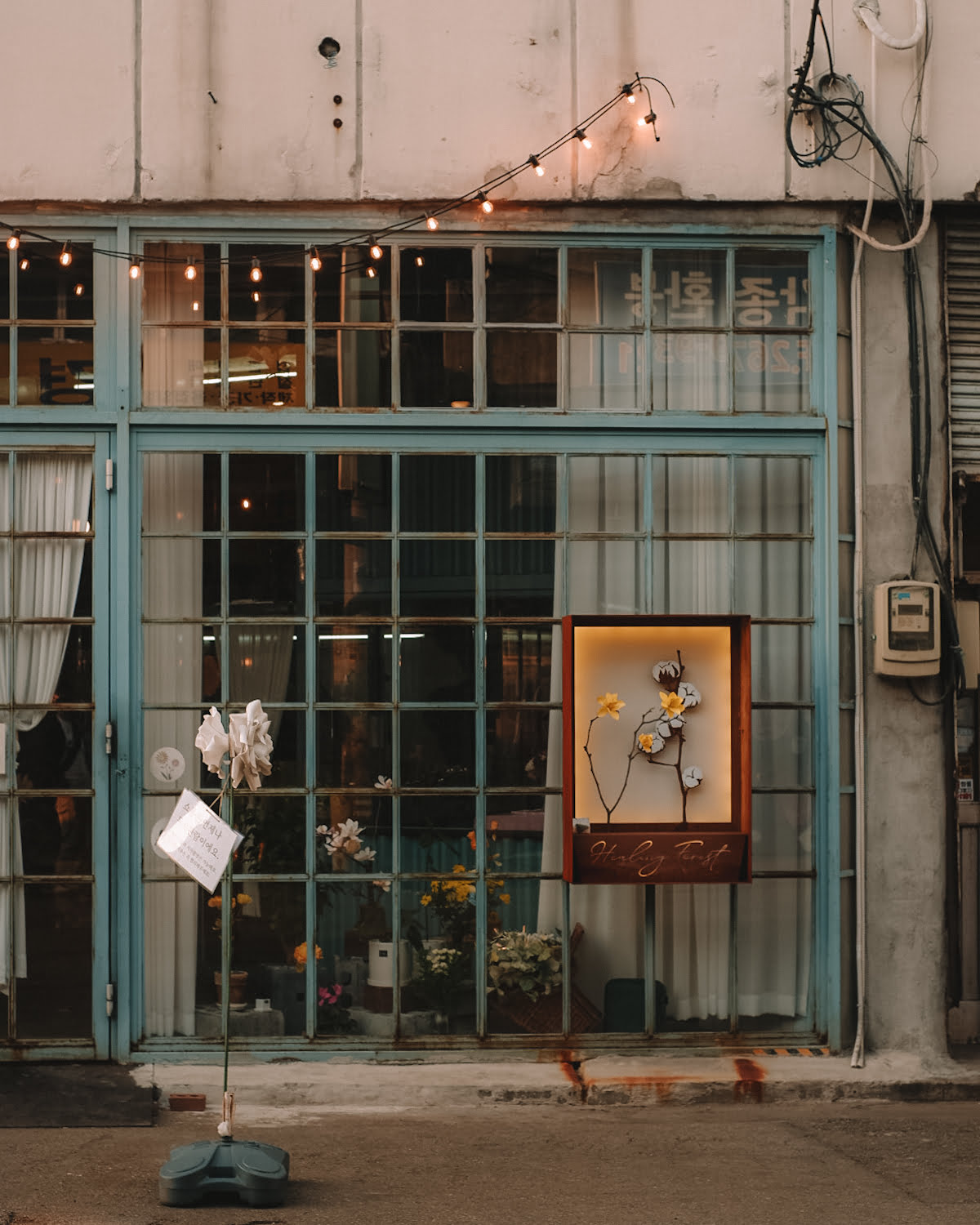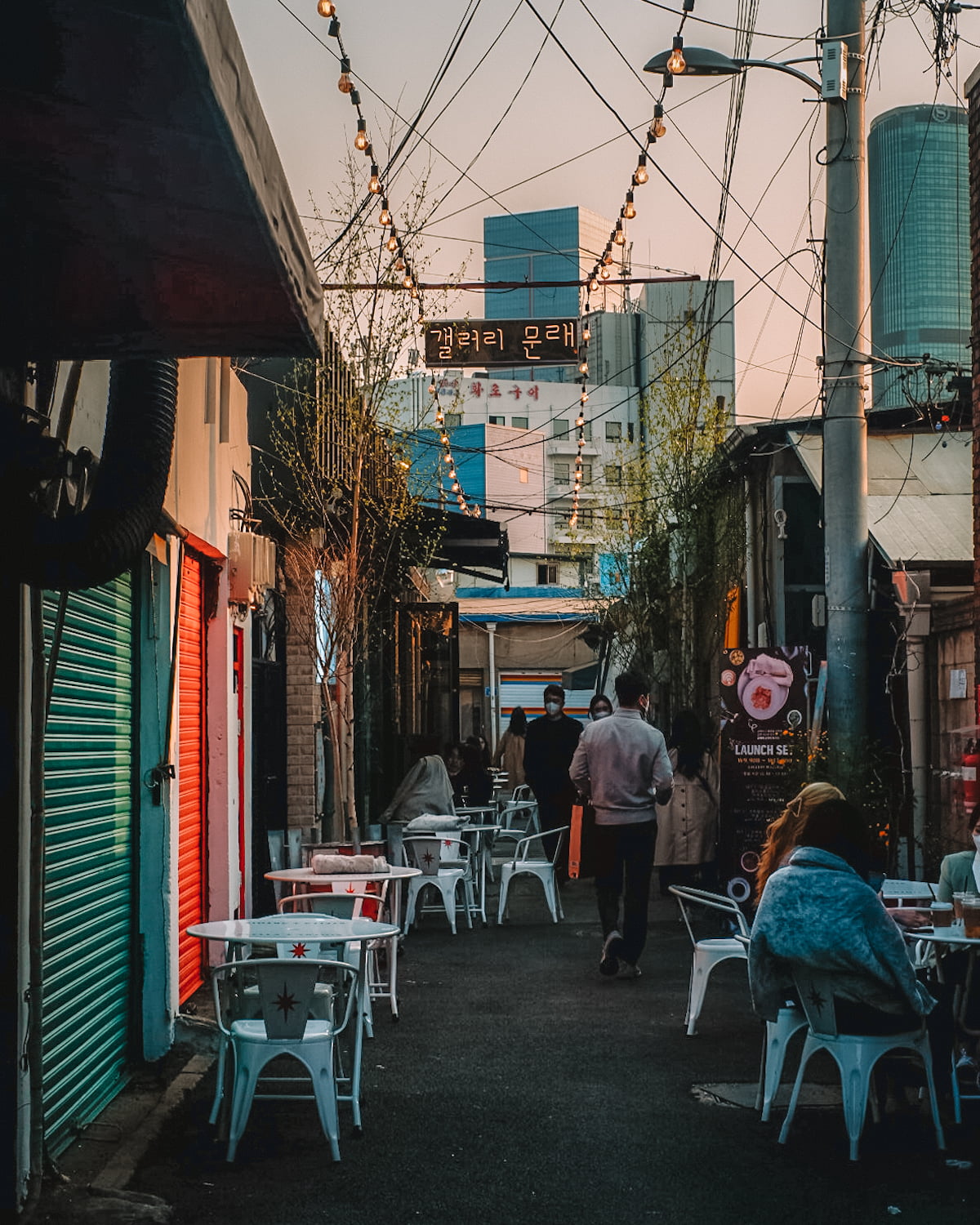Nestled in the west of Seoul, South Korea, Mullae-dong is a neighborhood that has been undergoing a remarkable transformation in recent years. Once an industrial area filled with factories and warehouses, Mullae-dong has evolved into a vibrant and artistic community that has captivated the hearts of locals and visitors alike. This neighborhood’s journey from industrial hub to artistic haven is a testament to the power of creativity and community revitalization.
Industrial Roots
Mullae-dong’s history is deeply intertwined with South Korea’s industrial development. In the mid-20th century, the neighborhood was home to numerous metalworking factories, machine shops, and other manufacturing facilities. The hum of machinery and the clang of metal echoed through the streets as workers toiled away, creating the backbone of the nation’s economy.

As time passed, however, the decline of heavy industry in South Korea left Mullae-dong with vacant factories and warehouses. This decline had the potential to lead to economic stagnation and urban decay, but the neighborhood’s residents had a different vision.
A Creative Renaissance
The transformation of Mullae-dong began when a group of young artists and entrepreneurs saw potential in the neighborhood’s abandoned spaces. They recognized the charm of the gritty industrial landscape and the untapped potential for creative expression. These pioneers began to breathe new life into the area, converting factories and warehouses into art studios, galleries, and quirky shops.

Mullae-dong’s artistic renaissance gained momentum as word spread about the neighborhood’s burgeoning creative scene. The area became a magnet for artists, designers, and craftspeople, who flocked to the neighborhood to establish their studios and contribute to the burgeoning artistic community.
Artistic Enclaves
Today, Mullae-dong boasts a vibrant tapestry of art and creativity. One of the most notable aspects of the neighborhood is its multitude of art studios, where you can watch artists at work and even purchase their creations. The studios are open to the public, providing a unique opportunity to engage with the local art scene.

The streets of Mullae-dong are adorned with murals and street art, adding an extra layer of vibrancy to the neighborhood. These public art installations are both a reflection of the area’s creative spirit and a way to enliven the urban environment.
Cafes and eateries in the neighborhood have embraced the artistic ethos, creating unique and aesthetically pleasing spaces for visitors to enjoy a cup of coffee or a meal. It’s common to find cafes doubling as art galleries, where you can sip your latte while admiring the works of local artists.
Community and Collaboration
What makes Mullae-dong truly special is its sense of community and collaboration. The residents and business owners are dedicated to preserving the neighborhood’s artistic identity while ensuring it remains accessible and welcoming to all. Events like art fairs, cultural festivals, and open studio days are regular occurrences, encouraging interaction and dialogue between residents and visitors.

Moreover, the neighborhood’s transformation wasn’t just about aesthetics. It also brought a fresh economic boost to the area. Local businesses have prospered as more people have been drawn to Mullae-dong, and the neighborhood has become a model for creative urban renewal in South Korea and beyond.
Visiting Mullae-dong
For those planning a trip to Seoul, a visit to Mullae-dong should be on the itinerary. It’s easily accessible via the city’s subway line 2, and once there, you can simply wander through the streets, exploring the art studios, enjoying the street art, and savoring the unique atmosphere.
Mullae-dong is a testament to the transformative power of art and community. What was once a declining industrial neighborhood has now become a shining example of creative revitalization. Its story serves as an inspiration for urban renewal initiatives around the world and a reminder that, with imagination and collaboration, even the most unlikely places can become centers of innovation and creativity.
